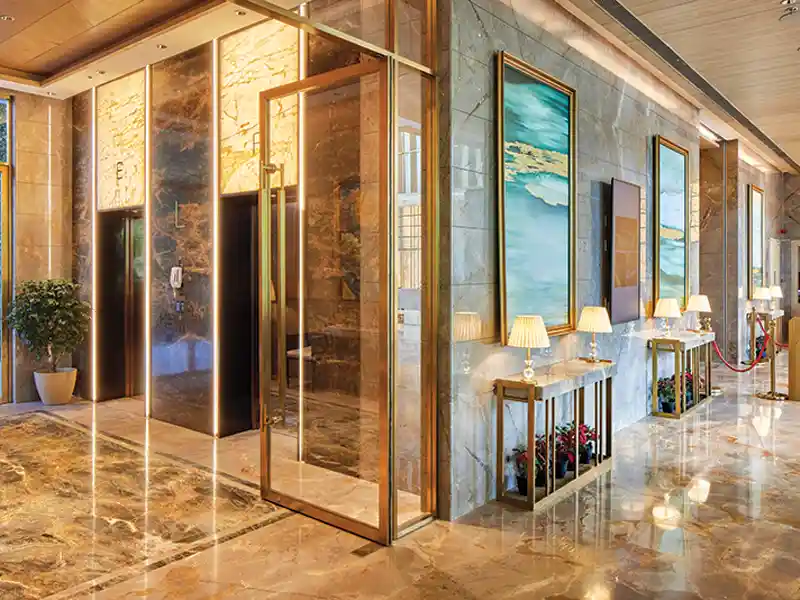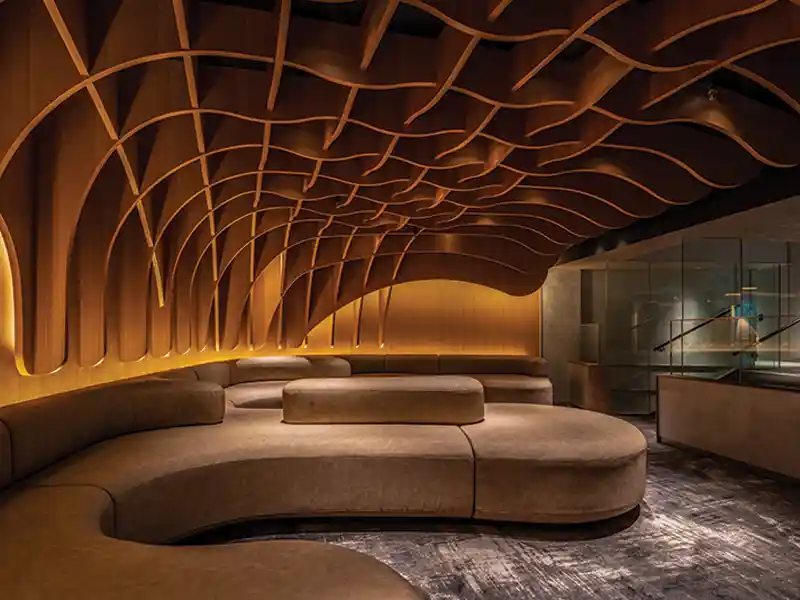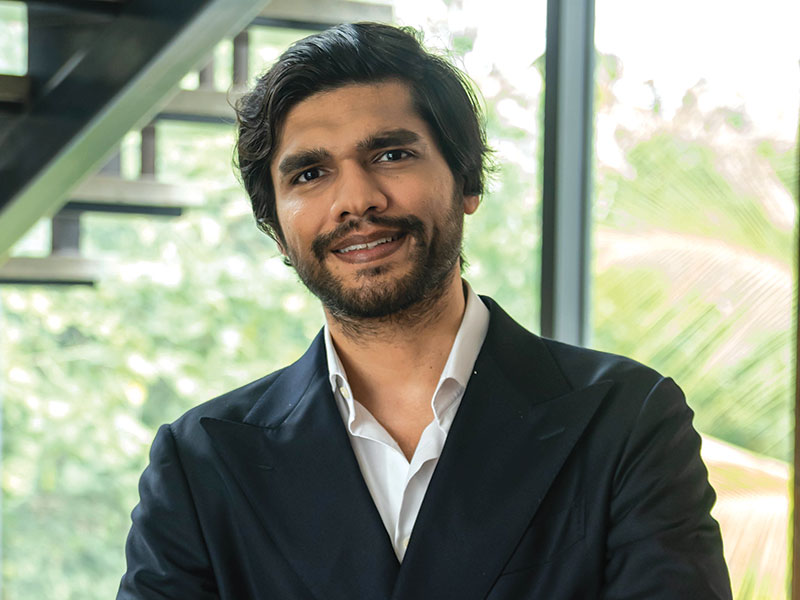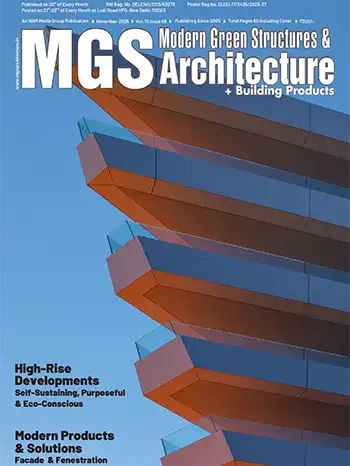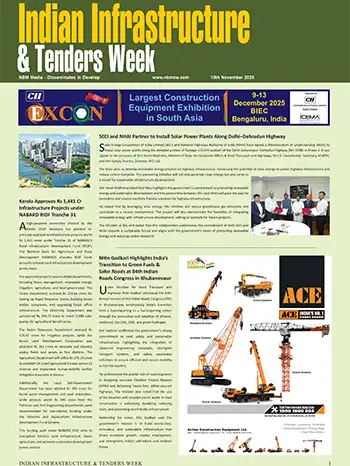By shifting from “skin deep” aesthetics to “deep skins” functionality, architects can create buildings that are both environmentally sustainable and contextually appropriate for tropical modern landscapes.
Pronit Nath - Principal Architect, Urban Studio
Achieving net-zero architecture requires a fundamental shift in how buildings interact with their environment—minimising energy consumption, reducing emissions, and enhancing passive performance. At its core, net zero means that a building produces as much energy as it consumes, balancing efficiency with renewable energy sources. While operational systems like HVAC and lighting are often the focus of energy strategies, the building envelope—particularly the facade—can play a crucial role in determining long-term energy performance.
Traditional facade systems, often limited to “skin-deep” aesthetics, prioritise visual impact but fail to address thermal regulation, shading, and ventilation effectively. Expansive glass curtain walls, for instance, may create striking exteriors but can lead to excessive cooling loads, especially in tropical climates. In philosophy, therefore, the term ‘skin deep’ also implies the superficial nature of designs that mimic Western architectural trends without considering local environmental contexts.
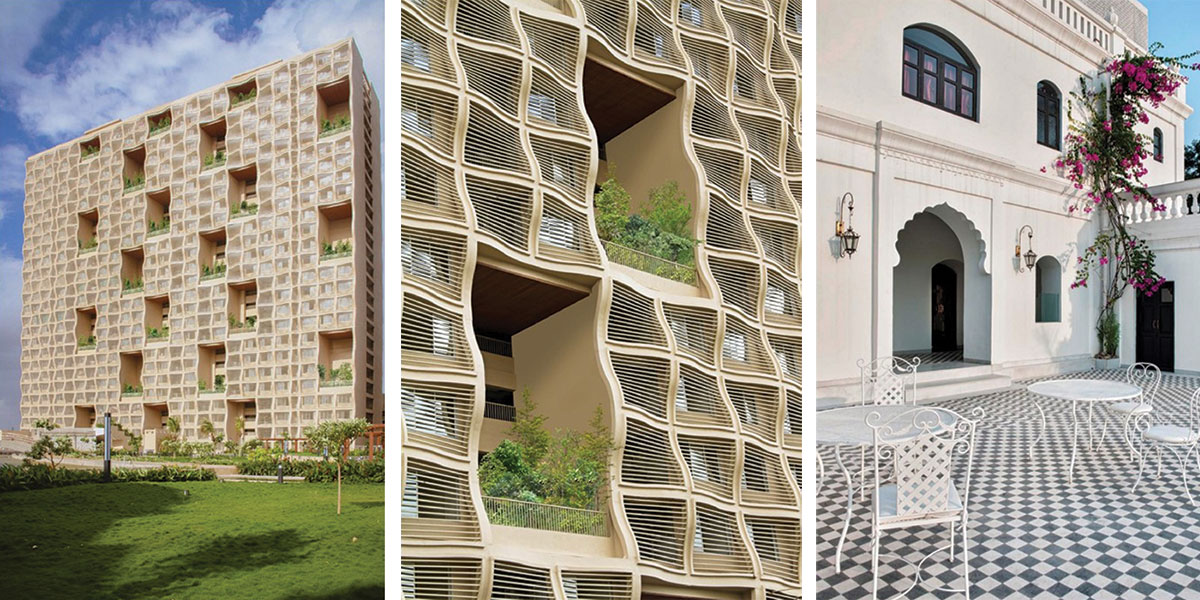
In contrast, inspired by biomimicry, a new possibility of facades with “deep skins” can be envisioned to behave like dynamic systems that interact with their surroundings, much like human or animal skin. A physical application of this concept would look like multi-layered, functional facades that integrate structure, material, and environmental responsiveness. The design minimises reliance on artificial cooling and its operational costs. By incorporating features like shading devices, thermal insulation, and smart materials like thermobimetals, the design lowers the amount of renewable energy that needs to be generated to achieve net zero by self-regulating ventilation and temperature.
In our Tropical Lagoon project, beyond optimising cost and using passive cooling techniques, the innovative use of material also resulted in a 25% reduction in the use of structural steel. The restoration of the Kathiwada Palace in Gujarat was an adaptive reuse project that transformed the structure into a resilient architectural narrative, where heritage was reimagined for change. Working within conservation guidelines, our strategy was to weave in local nuance, modern infrastructure, and a global aesthetic.


